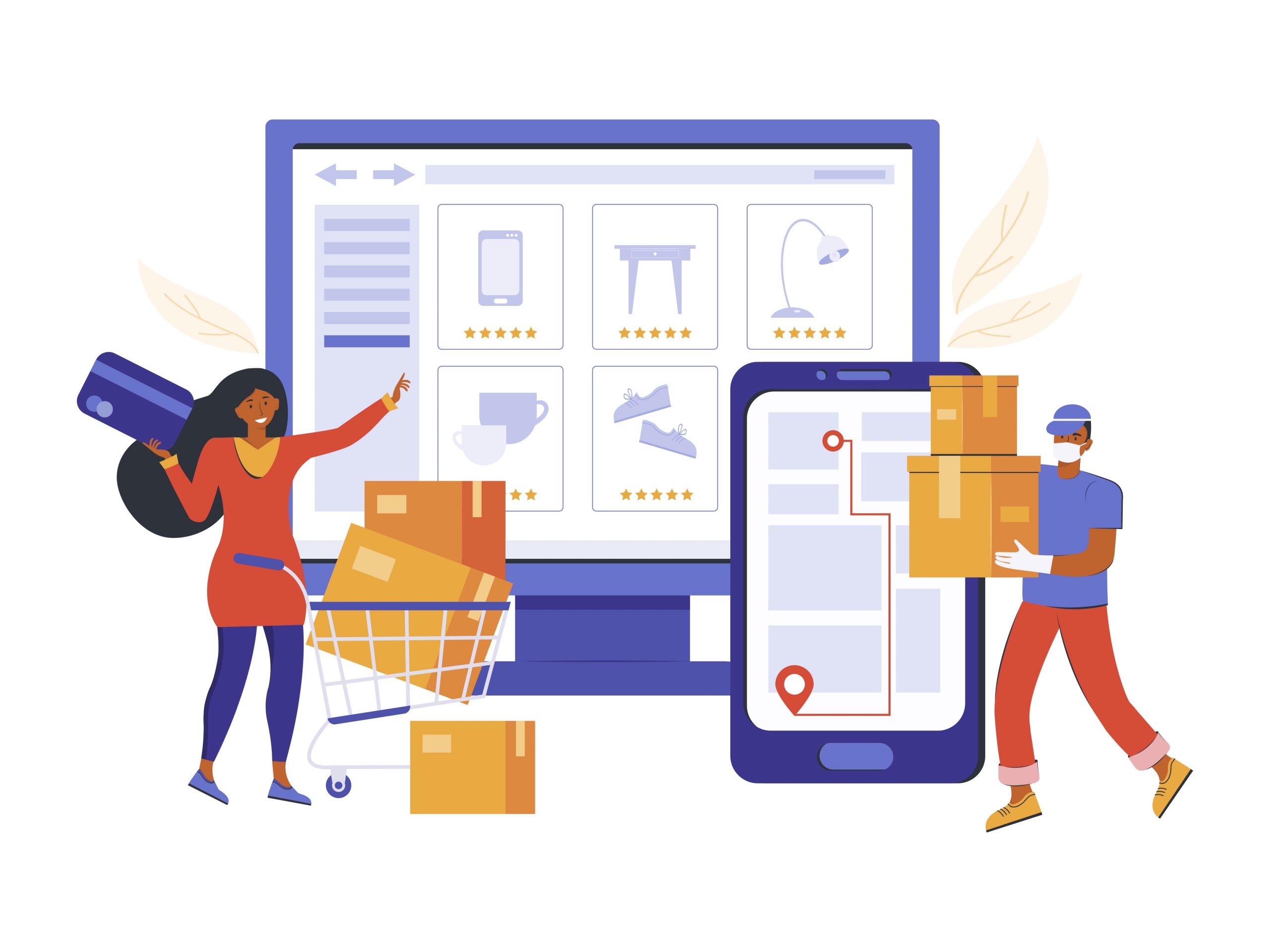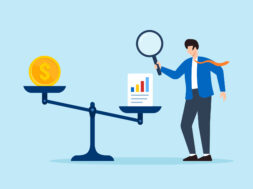Discussing Today’s Retail and E-commerce Deal Pipeline with Dr. Alex Mehr
Dr. Alex Mehr, the co-founder and CEO of Retail Ecommerce Ventures, discusses the retail deal pipeline, common e-commerce mistakes and more.

This story originally appeared in the Summer 2021 print edition of Middle Market Growth magazine. Read the full issue in the archive.

Dr. Alex Mehr is the co-founder and CEO of Retail Ecommerce Ventures (REV), an investment firm that buys distressed brands and transforms them into e-commerce success stories. REV’s holdings include Radio Shack, Pier 1 and Dress Barn, among others. Mehr recently appeared on ACG’s GrowthTV to discuss the challenges that brick-and-mortar retailers face and how to determine their value in today’s disruptive environment. The following is an edited and condensed version of that interview, which is available in full at acg.org/growthtv.
Q. Based on consumer behavior and overall market trends in retail, how strong is the deal pipeline for the remainder of 2021, and will there be more distressed activity?
The pace of bankruptcies that happened last year probably will not happen this year. But the thesis is still valid. When there’s a technological shift, there are companies that are on the right side of it, and there are companies that are left behind. Sometimes that technological shift happens all of a sudden, like in the pandemic, or during normal years it is a trend that’s happening, but it doesn’t bunch up like it did last year.
We’re looking for companies that are left behind, but that have really good brands. We purchase the brand, and then we do that transition to e-commerce ourselves.
It’s not just brick-and-mortar to e-commerce. There have been all sorts of technological shifts, or changes in business modality, that have happened over centuries. And there are always companies that are left behind. We’re looking for those companies that are left behind, but that have really good brands. We purchase the brand, and then we do that transition to e-commerce ourselves.
Q. What is the biggest mistake you see businesses make as they add e-commerce capabilities?
A lot of times when I walk into these companies, I see that they are operating their e-commerce site as if it’s another store, which it’s not. E-commerce is really not the same as running a store. It takes a different mentality in terms of merchandising and overall strategy. In terms of logistics, technology and marketing, everything is different about it.
A lot of times, e-commerce is an afterthought. A company may decide that it’s going to sell through e-commerce because it feels it has to, but it’s such a small percentage of the business that the board doesn’t really appreciate it, and the CEO is motivated by their own compensation package. If there’s this small thing that maybe pays off in five years, it isn’t really relevant to the CEO for that year’s bonus. The CEO is going to be focused on the thing that moves the needle now, and in doing so, e-commerce always becomes an afterthought. It’s a pattern that I’ve seen over and over again. And it just doesn’t work out that way.
E-commerce is really not the same as running a store. It takes a different mentality in terms of merchandising and overall strategy.
Q. When REV is looking at a brand that’s struggling and you’re considering buying it, how do you determine its value in an environment where everything is changing so quickly?
I think the interesting thing about REV is that we have used this exact formula of purchasing a strong brand and launching it as e-commerce-only quite a few times. We purchased nine brands in 2020. Because of that, I now have a data set of what the brand was beforehand, in terms of the number of people that went and purchased on a monthly basis—it’s called monthly active users—based on the strength of the brand itself, and based on category. We’ve purchased brands in home goods, fashion, electronics, sporting goods and other verticals.
Because of that, I can look at data in a table and say, this looks like it’s similar to this other brand, or it’s similar to this one, but twice as big. Based on that, I know what I can expect post-transition. And then I work backward to the price. That’s a specific advantage that we have—we can price these rather accurately now.


